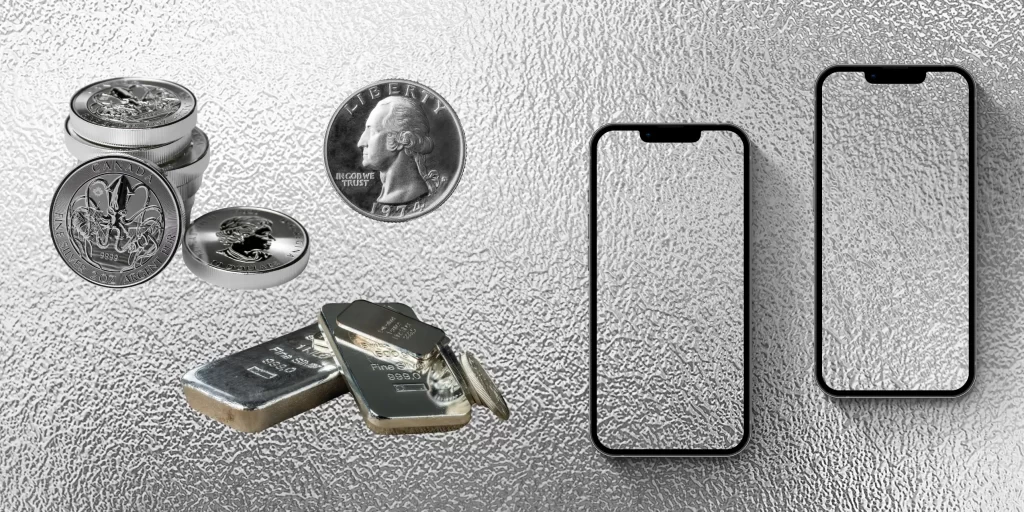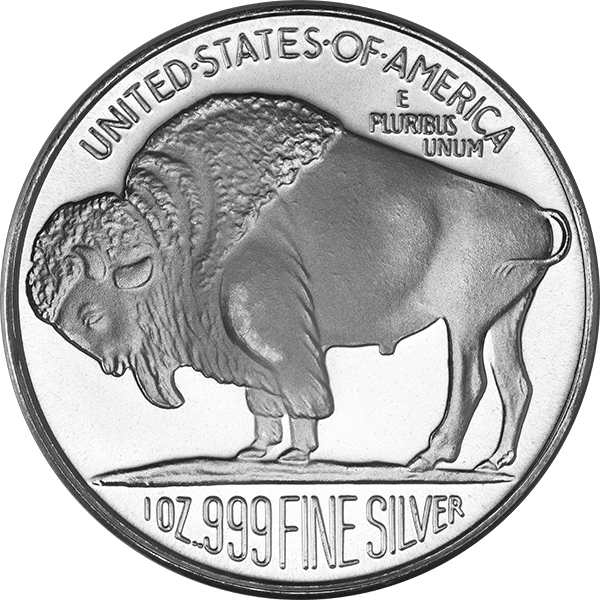How Much Silver Do They Use in Cell Phones?
In today’s digital age, cell phones have become an essential part of our lives, but did you know they contain precious metals like silver? Silver’s superior conductivity makes it an important component in modern smartphones. This blog explores how much silver is used in cell phones, its role in smartphone technology, and why it impacts global silver demand.

Why is Silver Used in Cell Phones?
Silver is a crucial material in mobile phones due to its unmatched electrical and thermal conductivity. It is primarily found in:
- Circuit Boards: Silver is used in printed circuit boards (PCBs) to enhance signal transmission and improve device efficiency.
- Microchips & Processors: Silver’s high conductivity ensures faster processing speeds and reliable data transfer.
- Touchscreens & Displays: Silver nanowires and coatings improve touch sensitivity and durability.
- Batteries: Some advanced lithium-ion batteries use silver to enhance energy storage and performance.
How Much Silver is in a Cell Phone?
On average, a smartphone contains approximately 0.2 to 0.35 grams of silver. While this may seem like a small amount, the billions of phones produced annually add up to a significant demand for silver.
The Impact of Smartphones on Silver Demand
With over 1.5 billion smartphones sold yearly, the cumulative silver usage is substantial. Key factors driving silver demand in the smartphone industry include:
- Increased Mobile Device Production: More phones mean higher silver consumption.
- Advancements in Mobile Technology: As smartphones evolve, demand for silver-infused components grows.
- Recycling Challenges: While silver can be recovered from old phones, the process is costly and inefficient, leading to more mining.
Investing in Silver Amid Growing Demand
With silver playing a crucial role in the smartphone industry, it remains a valuable investment opportunity. Investors can consider:
- Physical Silver: Investing in silver bars and coins for long-term security.
- Silver ETFs & Stocks: Gaining exposure to the silver market through exchange-traded funds or mining company stocks.
- Technology-Driven Silver Demand: Monitoring tech advancements that increase silver usage.
Final Thoughts
Cell phones may be small, but their impact on silver demand is massive. As technology advances, silver will remain a vital component in mobile devices and beyond.




